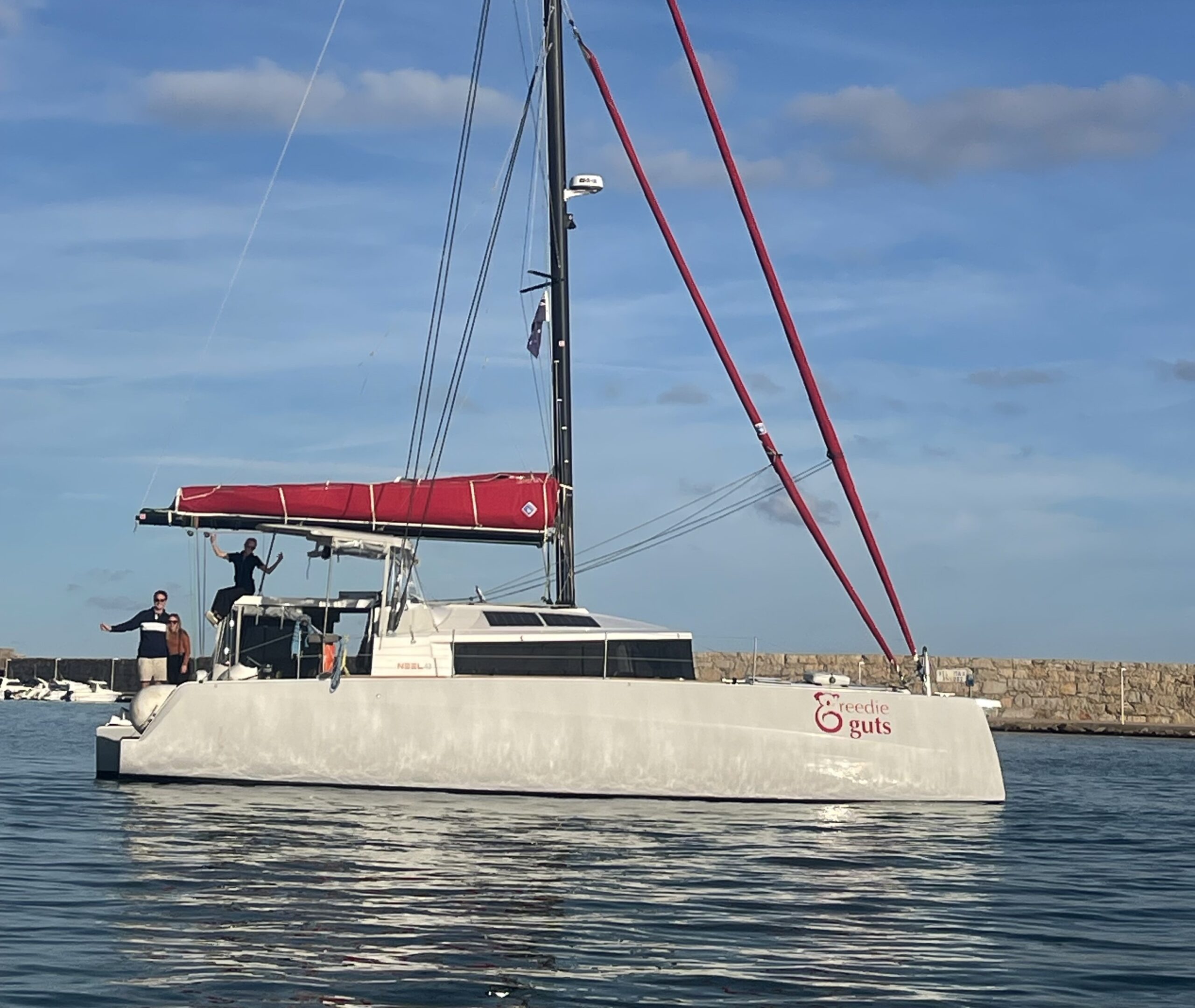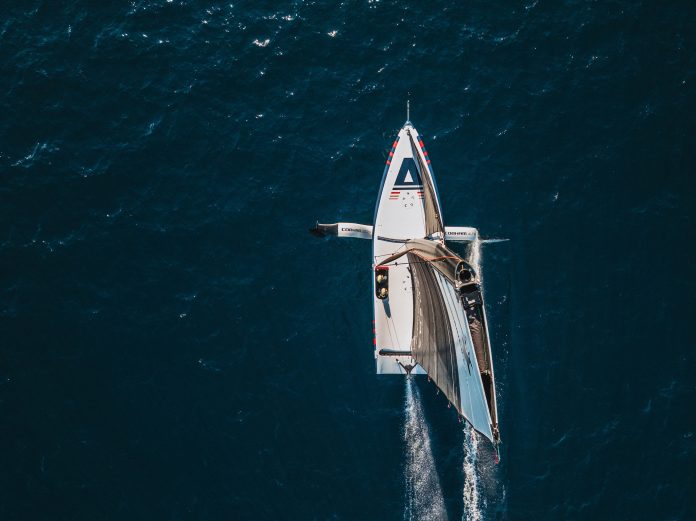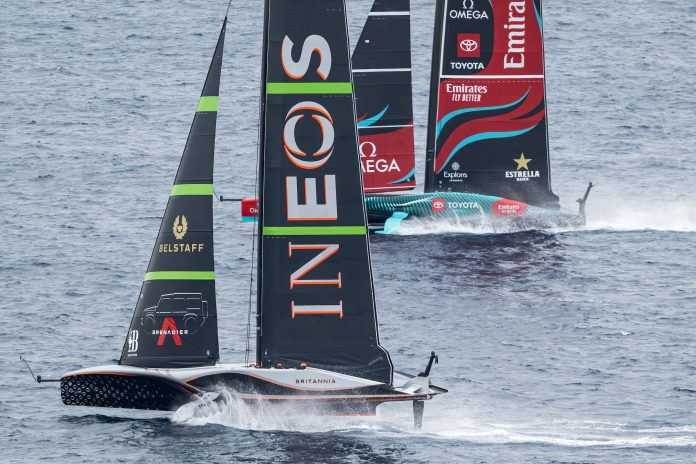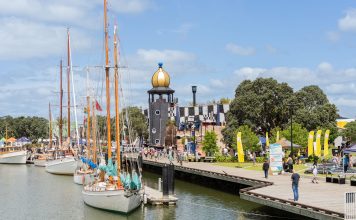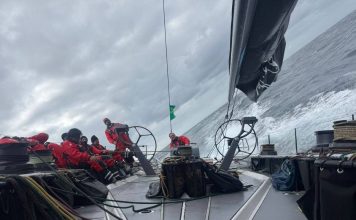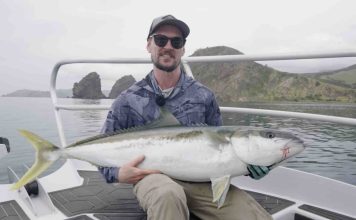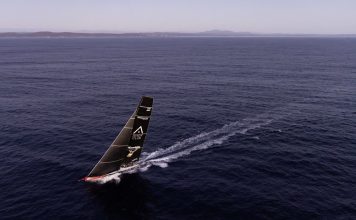There was a time when the America’s Cup ruled the sailing world. It was the pinnacle — a mix of glamour, patriotism, cutting-edge design, and bold characters. The 1980s and 90s were the glory years. Kiwis still talk about 1995 with reverence. Russell Coutts, Sir Peter Blake, the Red Socks, the Big Boat Challenge — these were events that made national headlines and carried real weight. Everyone knew when the Cup was on. It wasn’t just a yacht race. It was a cultural moment.
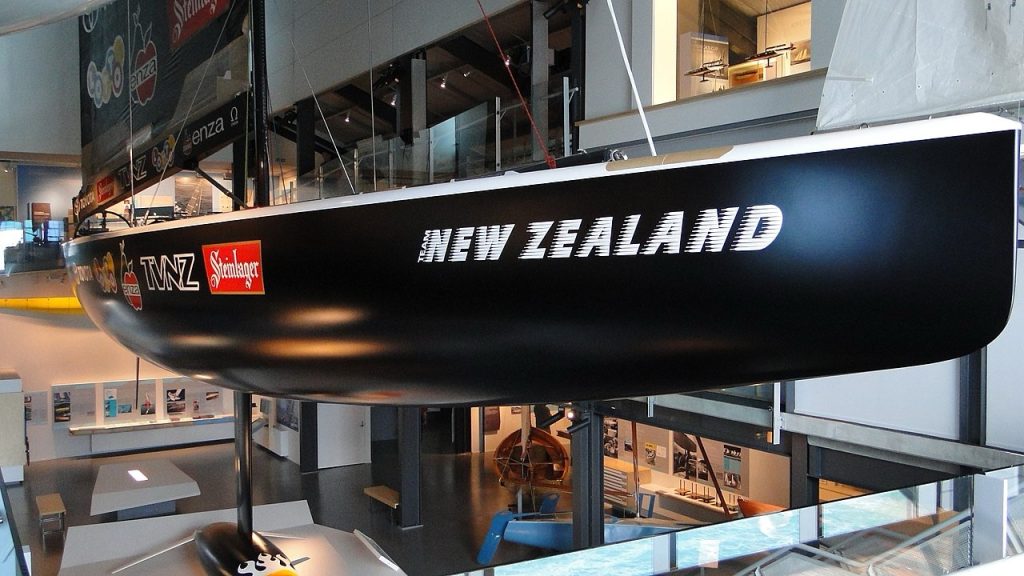
NZL 32 on display at New Zealand Maritime Museum, Auckland / Wikipedia
Fast-forward to today, and the conversation has shifted.
Somewhere between the foils, the flight controllers, the complex nationality rules and constant infighting (admittedly always part of the America’s Cup but seems to have become more petty,) the America’s Cup seems to have lost its shine. More accurately — it’s lost its relatability. It’s still elite, still technically brilliant, still a designer’s playground. But is anyone outside of the hardcore sailing community still paying attention?
And SailGP, once touted as the accessible, fast-paced, stadium-format saviour of elite sailing, risks fading into the background entirely. There’s no shortage of talent or production value — the league boasts Olympic champions, Cup winners, national pride and slick broadcast packages. But ask someone in your yacht club bar what happened in the last SailGP event and you’ll likely be met with a shrug. Does anyone remember? In New Zealand where the free-to-air rights are on TV Three there is almost no promotion and very little interest shown from the channel.
Meanwhile, a quiet revolution is underway — and it’s not in foiling catamarans or hydro-ventilated monohulls. It’s offshore. It’s rugged. It’s the return of the Admiral’s Cup.
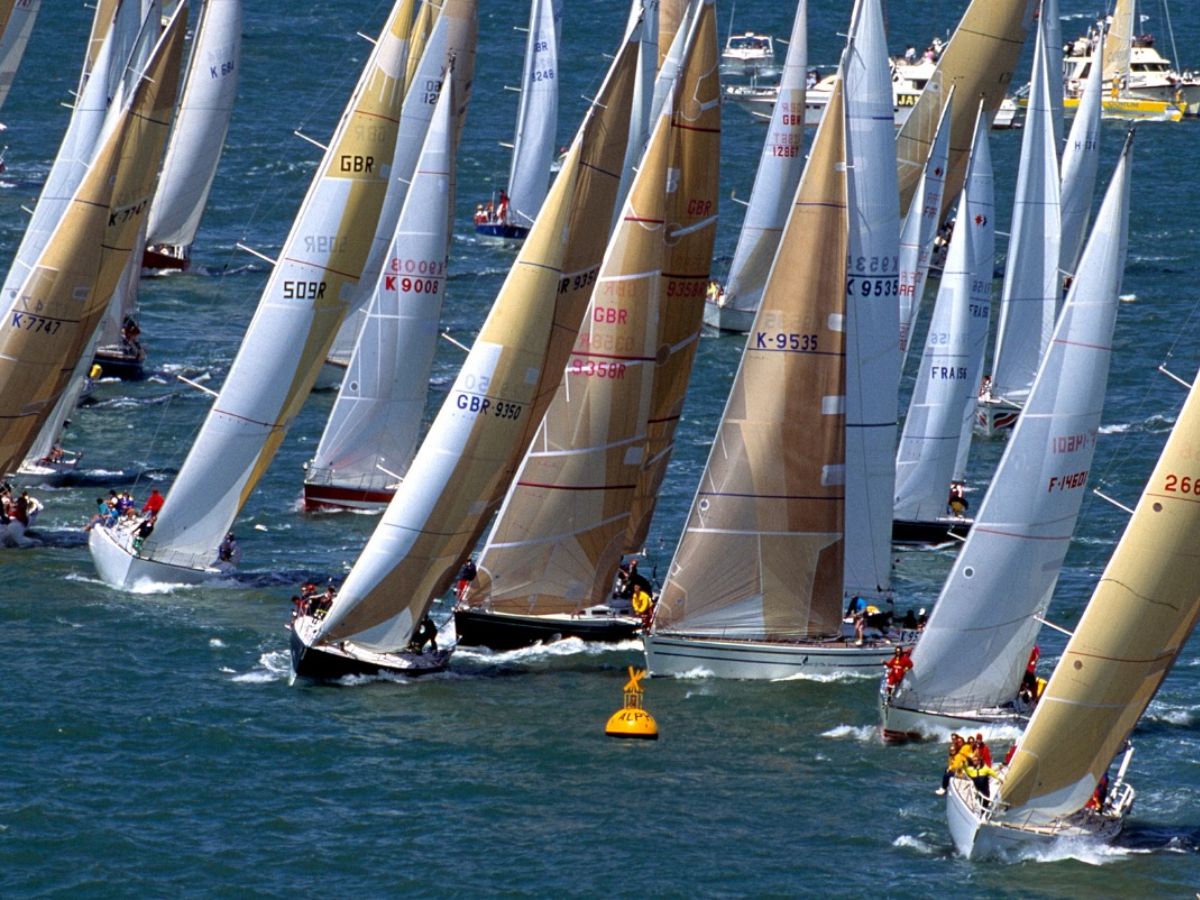
After a long hiatus, the Admiral’s Cup is back — and it couldn’t be better timed. There’s an unmistakable hunger right now for ‘real’ boats. Boats with displacement. Boats that sail through waves, not above them. Boats where seamanship still matters, and technology hasn’t outpaced the human element. Offshore team racing fits that bill perfectly. And the Admiral’s Cup delivers it with a history, structure, and prestige that’s already well recognised — particularly among sailors who still think keelboats are king.
The shift in interest says a lot about what audiences are craving. Not necessarily speed. Not necessarily carbon. But authenticity. Grit. Boats they could imagine themselves on. Boats that don’t require an aerospace engineer to understand. Boats that still behave like boats.
The America’s Cup and SailGP, despite their sophistication, are flirting with irrelevance not because they’re not impressive, but because they’re becoming inaccessible — emotionally, financially, and even culturally. In trying to future-proof the sport, they may have unintentionally disconnected from it.

What’s also telling is how much easier it is to support a team in something like the Admiral’s Cup. They’re national efforts, with club roots. You can follow a story from a local yacht club to the world stage. In SailGP or the modern America’s Cup, it’s harder to know who to cheer for. National flags don’t always mean national sailors. Teams hop between sponsors, syndicates, and countries with little long-term identity. The drama of sports comes from connection. Offshore sailing — and especially the reborn Admiral’s Cup — offers that.
So, how do the Cup events stay relevant?
It’s not just about new tech or better cameras. It’s about storytelling. Relatability. Drama. The Cup needs characters again. Heroes and villains. National efforts with local roots. It needs to remember that it isn’t just a regatta — it’s a performance. And performances need an audience that understands what they’re watching.
Until then, offshore team racing, with its real-world conditions, longer narratives, and boats that feel human again, might just keep sailing’s spotlight — and the loyal fan base — for itself.
Right now, in the public imagination, the America’s Cup is drifting into the realm of elite indulgence — thrilling for the fe, but no longer the “every man’s” race. SailGP promises more accessibility, but still feels out of reach, driven by broad appeal.
Offshore is the new frontier — and this time, it’s good-old fashioned, honest sailing in a real sailing boat and not a modified plane.











